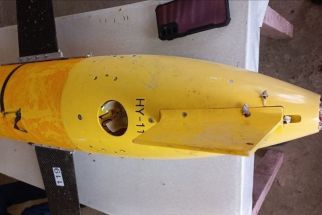Scientist cites ‘lapses’ in printing of new peso bills
LOS BAÑOS, Laguna, Philippines – It’s not just the name but the way the name is written that matters.
A scientist has taken issue with the way the scientific names of animals featured in Philippine bills are written and spelled.
Scientific names of living things, be it plants or animals, include genus and species. Genus always comes first and is either italicized or underlined. For example, the scientific name of rice is Oryza sativa.
A scientist and academician of the National Academy of Science and Technology (NAST) told The STAR that the non-italicization of the scientific names is “forgivable” in popular media but not in official documents and monetary bills.
The source, who requested anonymity, stressed that the government should have observed the correct way of writing scientific names, putting emphasis on what is to be capitalized or italicized.
He said the P1,000 bill, which features the South Sea pearl with the scientific name Pinctada maxima, is not correctly written as the genus name is not italicized.
Also not italicized are the scientific names of the blue-naped parrot (Tanygnathus lucionensis) in the P500 bill, the whale shark (Rhincodon typus) in the P100 bill, maliputo (Caranx ignobilis) in the P50 bill and palm civet (Paradoxurus hermaphroditus-Philipinensis) in the P20 bill.
The source also noted that the family name (second in the binomial scientific name) is always not italicized and in lower case.
In the Philippine bills, all the family names were written incorrectly.
For example, “maxima” was written as “Maxima” for the South Sea pearl, “Lucionensis” instead of “lucionensis” for the blue-naped parrot, and similar errors in other bills.
- Latest
- Trending































